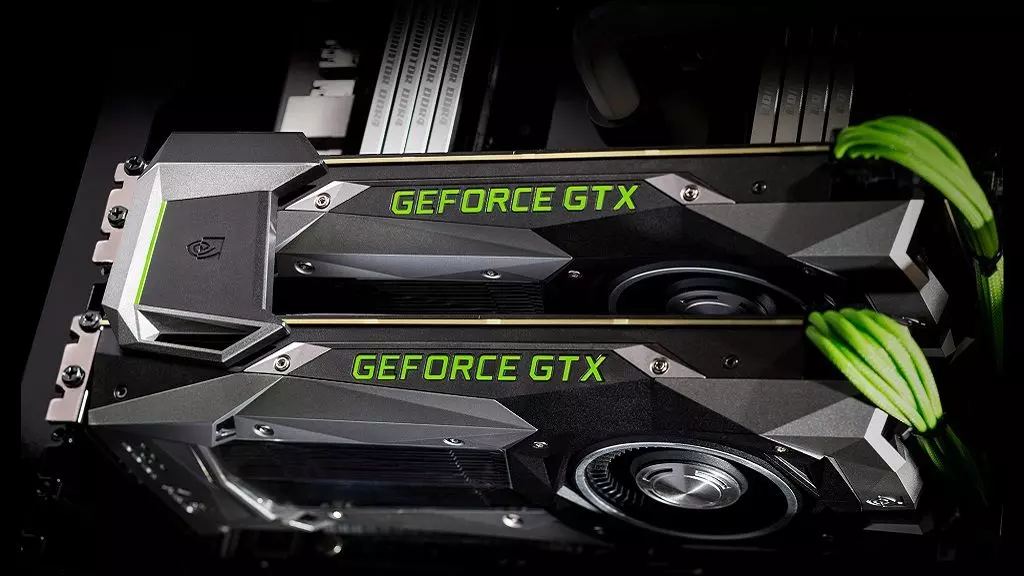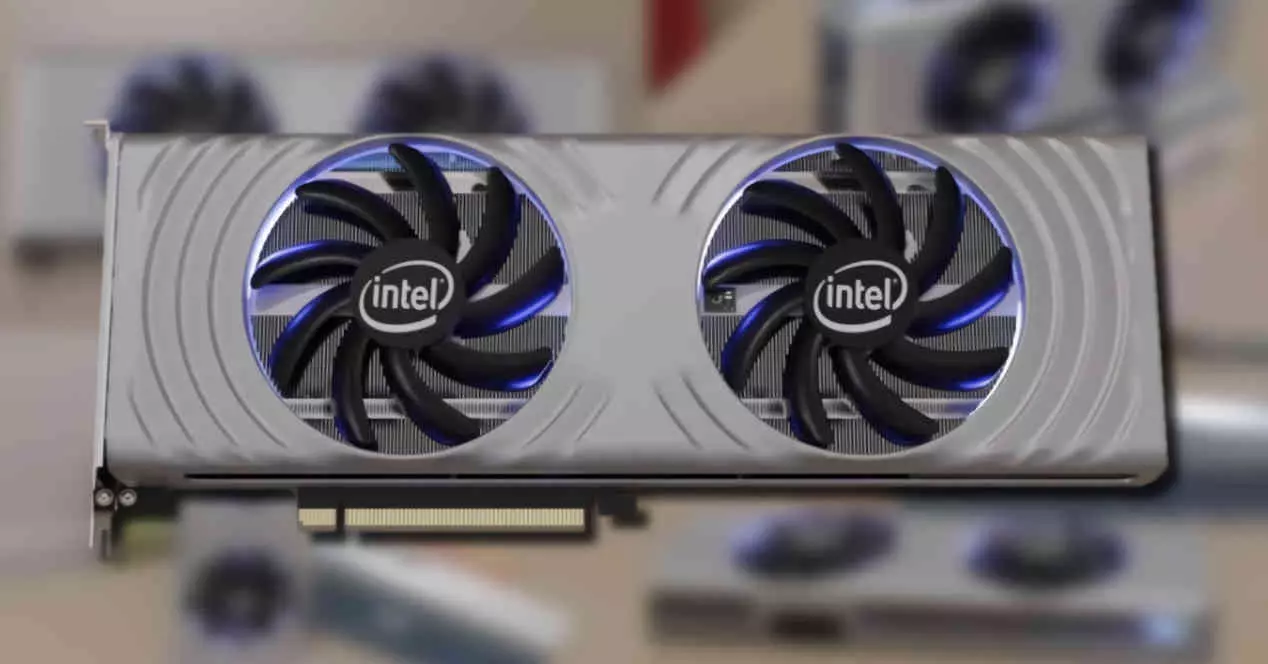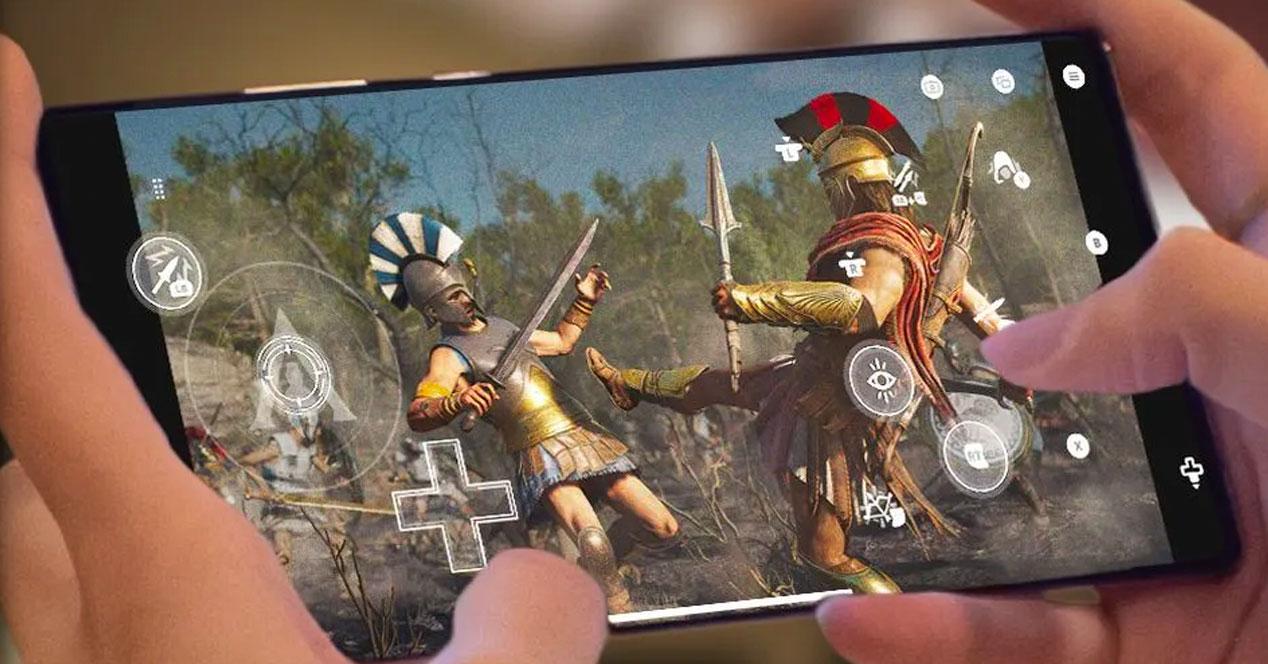
The use of 2 graphics cards running in tandem we can remember from the era when the late but mythical 3Dfx released their Voodoo 2, then in later models this became multi-chip designs. The concept? It was based on Scanline Interleaving or SLI where each scan line on the CRT monitor was drawn by one of two 3D cards. Years later NVIDIA revived the acronym under the name of Scalable Link Interface, but this time each graphics card was in charge of a different frame, in such a way that when one finished the frame it passed the baton to the other. In the case of AMD, they were not far behind and created their own version of the concept which they called Crossfire. Today both are forgotten and not by chance.
Having 2 graphics cards does not give more performance in games
To understand the problem with dual graphics cards we have to understand that the game code has to be explicit about when one frame starts on one graphics card and when the next one starts. The problem is that the cost in time of each frame is not the same for all, so it may be that one frame costs more than another, so a dual configuration will not always achieve twice the performance. And by the way, both SLI and Crossfire required symmetric settings to work, meaning both models had to have the same settings and speed.
In principle there should be no problem when using a dual graphics card in games, the problem comes when we find that in the code of the games must explicitly mark on which graphics card each frame must be executed. What happen? well what very few people had setups like this and there was no incentive to take to adapt the games. If we add to this that SLI and Crossfire worked differently and needed to be programmed separately, then it becomes very clear why support for 2 graphics cards ended up disappearing in PC games.
That is why using 2 graphics cards in a computer has become nonsense in the face of games. There is no market, and, therefore, there are no titles that take advantage of it. However, we must clarify that today there are many systems with dual graphics hardware, since many Intel and AMD processors have integrated graphics, but for the reasons that we have already mentioned they do not work in tandem and consequently when one is activated the other is completely disconnected, that is, they do not add their power.
Gaming GPUs of the future will be dual
However, we will soon see not dual graphics cards, but graphics cards with two or more interconnected GPUs placed in their circuitry. For example, AMD has a patent for a future design where graphics cards are unified into one. In the sense that we have two graphics chips or GPUs in combination with a memory in common. However, the important thing about this technology is that AMD has managed to make applications behave like a conventional graphics card, since it is the first chip that is in charge of controlling the times of the second in an automated way.
There is no doubt that NVIDIA and Intel will have developed a similar solution, however, as far as we know, their RTX 40 will continue to be in one piece and therefore will not be made up of separate chips. Since these chips are getting bigger in complexity and the costs increase with the size of the chips, we are going to see how the configurations will be disaggregated in several different chips. The first to do so will be the RX 7000, but not with a dual configuration, although it will do so by separating the memory controller, something that we have already seen in its Ryzen processors.




